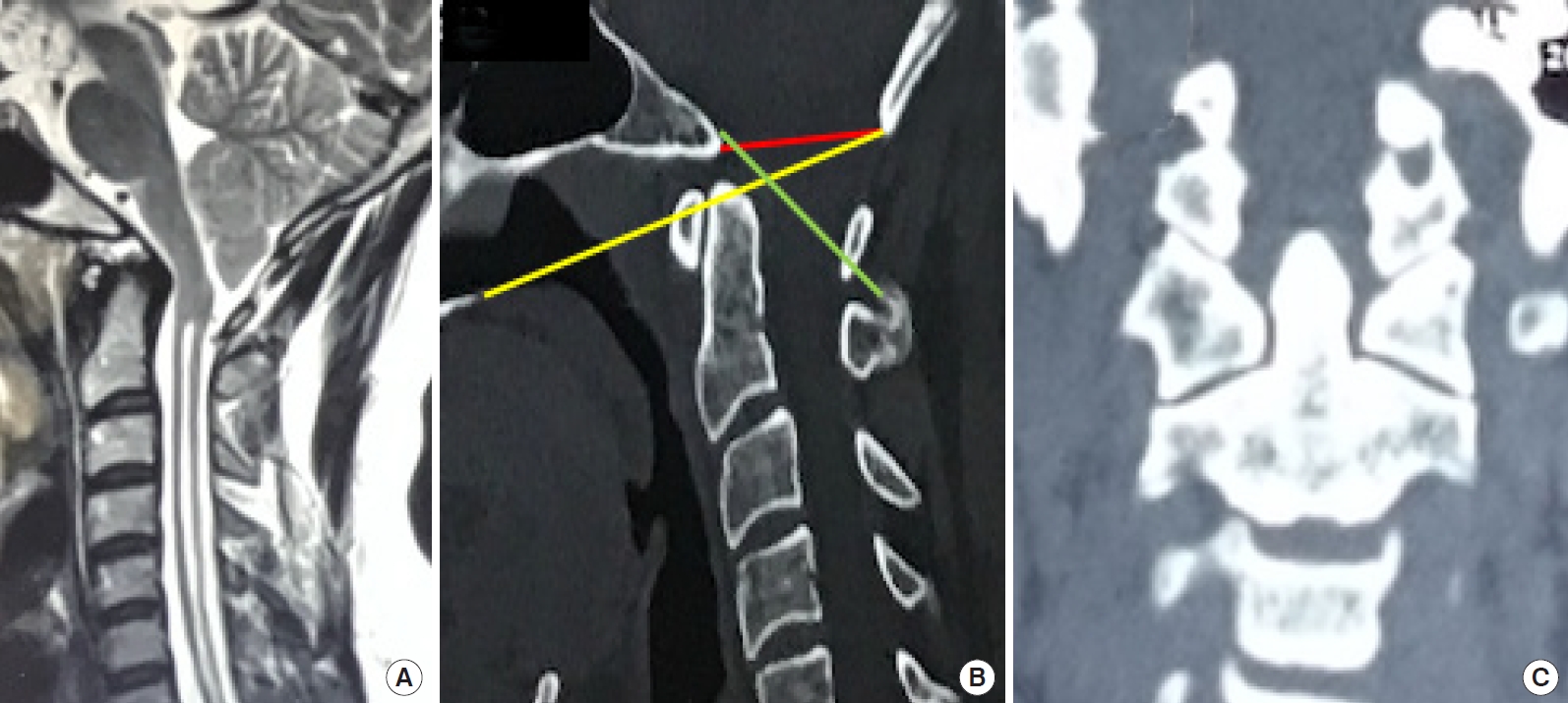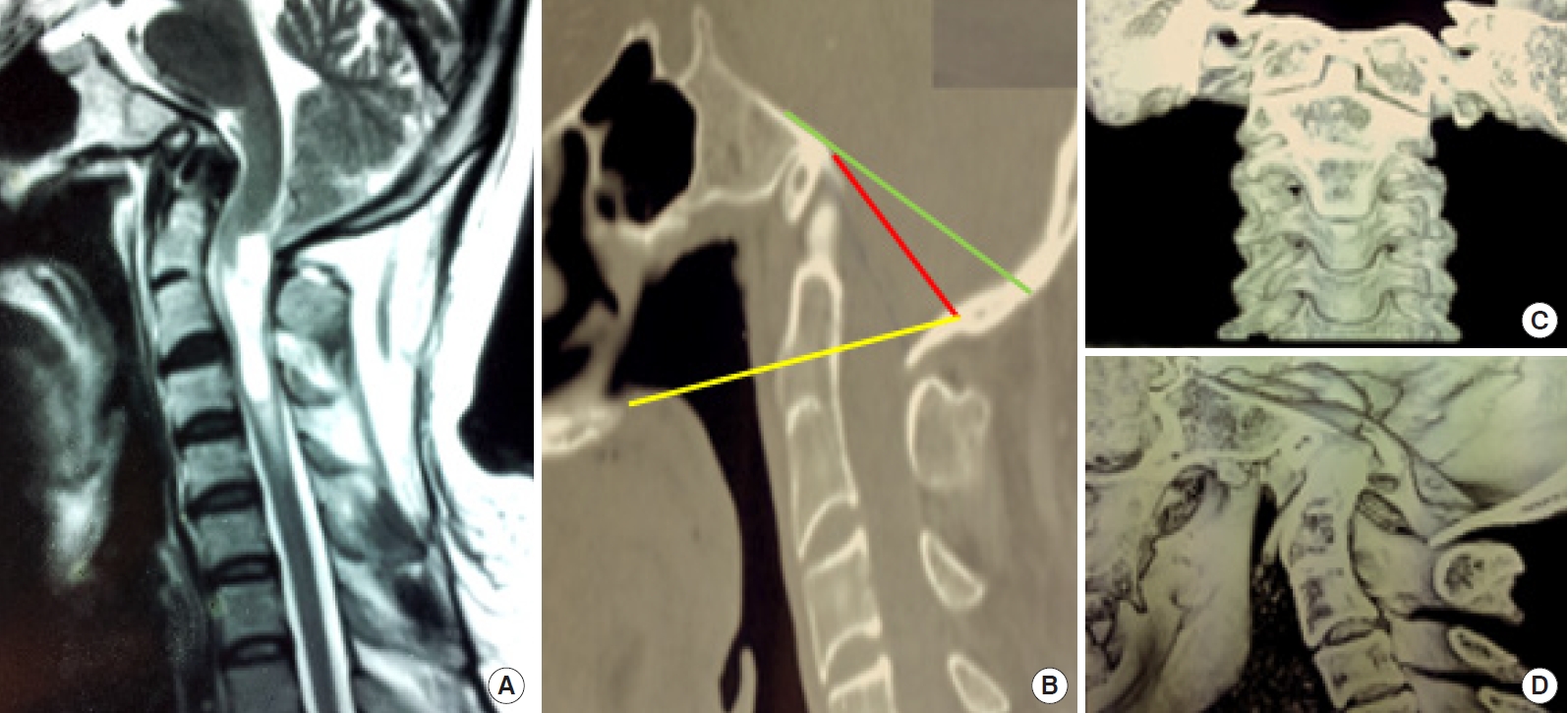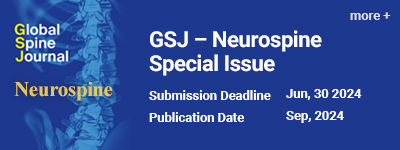3. Nash J, Cheng JS, Meyer GA, et al. Chiari type I malformation: overview of diagnosis and treatment. WMJ 2002 101:35-40.
4. Nishikawa M, Sakamoto H, Hakuba A, et al. Pathogenesis of Chiari malformation: a morphometric study of the posterior cranial fossa. J Neurosurg 1997 86:40-7.


5. Goel A. Is atlantoaxial instability the cause of Chiari malformation? Outcome analysis of 65 patients treated by atlantoaxial fixation. J Neurosurg Spine 2015 22:116-27.


6. Goel A, Achawal S. The surgical treatment of Chiari malformation association with atlantoaxial dislocation. Br J Neurosurg 1995 9:67-72.
7. Strahle J, Muraszko KM, Kapurch J, et al. Natural history of Chiari malformation type I following decision for conservative treatment. J Neurosurg Pediatr 2011 8:214-21.


8. Takigami I, Miyamoto K, Kodama H, et al. Foramen magnum decompression for the treatment of Arnold Chiari malformation type I with associated syringomyelia in an elderly patient. Spinal Cord 2005 43:249-51.


9. Förander P, Sjåvik K, Solheim O, et al. The case for duraplasty in adults undergoing posterior fossa decompression for Chiari I malformation: a systematic review and meta-analysis of observational studies. Clin Neurol Neurosurg 2014 125:58-64.


10. Lin W, Duan G, Xie J, et al. Comparison of results between posterior fossa decompression with and without duraplasty for the surgical treatment of Chiari malformation type i: a systematic review and meta-analysis. World Neurosurg 2018 110:460. -74. e5.


12. Goel A. Chiari formation: atlantoaxial instability is the cause. Iran J Neurosurg 2017 3:36-8.

14. Klekamp J, Batzdorf U, Samii M, et al. The surgical treatment of Chiari I malformation. Acta Neurochir (Wien) 1996 138:788-801.


15. Grabb PA, Mapstone TB, Oakes WJ. Ventral brain stem compression in pediatric and young adult patients with Chiari I malformations. Neurosurgery 1999 44:520-8.


16. Bonney PA, Maurer AJ, Cheema AA, et al. Clinical significance of changes in pB-C2 distance in patients with Chiari type I malformations following posterior fossa decompression: a single-institution experience. J Neurosurg Pediatr 2016 17:336-42.


17. Salunke P, Sura S, Futane S, et al. Ventral compression in adult patients with Chiari 1 malformation sans basilar invagination: cause and management. Acta Neurochir (Wien) 2012 154:147-52.

18. Salunke P, Karthigeyan M, Malik P, et al. Changing perception but unaltered reality: how effective is C1-C2 fixation for Chiari malformations without instability? World Neurosurg 2020 136:e234-44.


20. Arora P, Behari S, Banerji D, et al. Factors influencing the outcome in symptomatic Chiari I malformation. Neurol India 2004 52:470-4.

21. Hersh DS, Groves ML, Boop FA. Management of Chiari malformations: opinions from different centers-a review. Childs Nerv Syst 2019 35:1869-73.


22. Goel A. Basilar invagination, Chiari malformation, syringomyelia: a review. Neurol India 2009 57:235-46.


23. Langridge B, Phillips E, Choi D. Chiari Malformation Type 1: a systematic review of natural history and conservative management. World Neurosurg 2017 104:213-9.


24. Giner J, Pérez López C, Hernández B, et al. Update on the pathophysiology and management of syringomyelia unrelated to Chiari malformation. Neurologia 2019 34:318-25.


25. Perrini P, Anania Y, Cagnazzo F, et al. Radiological outcome after surgical treatment of syringomyelia-Chiari I complex in adults: a systematic review and meta-analysis. Neurosurg Rev 2021 44:177-87.


27. Ferreira JA, Botelho RV. Determination of normal values of the basal angle in the era of magnetic resonance imaging. World Neurosurg 2019 132:363-7.


28. Ishak B, Dhaliwal G, Rengifo R, et al. The retroverted dens: a review of its anatomy, terminology, and clinical significance. World Neurosurg 2020 137:304-9.


30. Wang X, Gao J, Han S, et al. Analysis of clinical and radiographic outcomes of the angle between clivus and supraocciput in patients with Chiari's malformation type i following surgical decompression. J Neurol Surg B Skull Base 2020 81:68-74.


31. Pomeraniec IJ, Ksendzovsky A, Awad AJ, et al. Natural and surgical history of Chiari malformation Type I in the pediatric population. J Neurosurg Pediatr 2016 17:343-52.


32. Holly LT, Batzdorf U. Chiari malformation and syringomyelia. J Neurosurg Spine 2019 31:619-28.


33. Frič R, Eide PK. Chiari type 1-a malformation or a syndrome? A critical review. Acta Neurochir (Wien) 2020 162:1513-25.


34. Oluigbo CO, Thacker K, Flint G. The role of lumboperitoneal shunts in the treatment of syringomyelia. J Neurosurg Spine 2010 13:133-8.


35. Gallo P, Sokol D, Kaliaperumal C, et al. Comparison of three different cranio-cervical decompression procedures in children with Chiari malformation type i: does the surgical technique matter? Pediatr Neurosurg 2017 52:289-97.


38. Massimi L, Frassanito P, Chieffo D, et al. Bony decompression for Chiari malformation type i: long-term follow-up. Acta Neurochir Suppl 2019 125:119-24.


39. Yeh DD, Koch B, Crone KR. Intraoperative ultrasonography used to determine the extent of surgery necessary during posterior fossa decompression in children with Chiari malformation type I. J Neurosurg 2006 105:26-32.

40. Bindal AK, Dunsker SB, Tew JM Jr. Chiari I malformation: classification and management. Neurosurgery 1995 37:1069-74.

42. Sala F, Meneghelli P. Intraoperative neurophysiological monitoring for craniovertebral junction surgery. Acta Neurochir Suppl 2019 125:369-80.


































